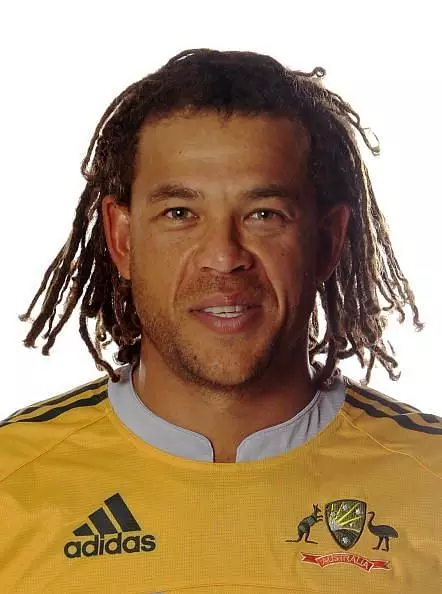Andrew Symonds was an all-rounder from Australia who was a key member of the dominant Australian team in the early 2000s.
Symonds, who was born in Birmingham on June 9, 1975, had the choice of playing for either England or Australia, but he preferred Australia.
Background
During the 1994-95 season, Symonds made his Queensland debut.
He hit his first first-class century with a score of 108 not out.
Debut
In 1998, he made his ODI debut for Australia in Lahore against Pakistan. He just bowled two overs and didn’t get a chance to bat.
He had to wait six years to play his first Test match, which he did against Sri Lanka in Galle in 2004. In the first innings, he was dismissed for a duck before making 24 in the second. In the first innings, he took a wicket.
In 2005, against New Zealand, he made his T20I debut, smashing 32 runs off just 13 balls as Australia cruised to victory.
Rise to glory
After scoring an unmatchable 143 off 125 balls to lead Australia from 86/4 to a 300+ score in the 2003 World Cup, his career took off. From there on, he scored about 45 points per game in all formats, with a strike rate of 90 percent or better.
Low points
His offensive behaviour became a concern when he missed a team meeting to go fishing in 2005, resulting in his dismissal from the national team.
In the same year, he got a two-ODI suspension after arriving intoxicated on the morning of a match against Bangladesh.
Club career
In the first three seasons of the IPL, Symonds was a member of the Deccan Chargers, and in 2011, he was a member of the Mumbai Indians.
Records
In county cricket in 1994, he hit 16 sixes and finished with a total of 254 not out. which was an unbroken record for the most sixes struck in a First-class innings for 20 years.
Colin Munro of New Zealand later shattered the record with 23 sixes in a game between Auckland and Central Districts in March 2015.
Retirement
Symonds broke the team’s no-drinking law and was therefore cut from the squad for the 2009 World T20 in England, and his contract with Cricket Australia was eventually terminated.
He thus retired from Test cricket in 2009, but continued to play in the Indian Premier League until February 2012, when he retired from all cricket.
